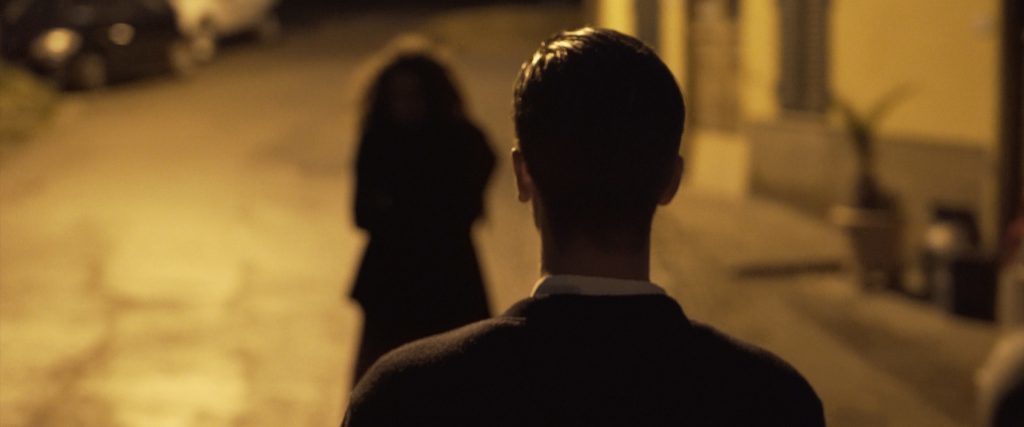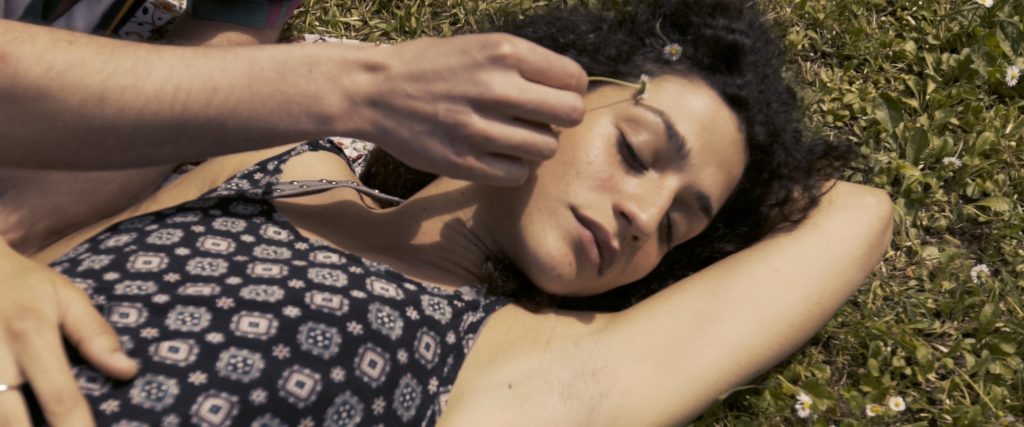

Case Study: The Silence of Cicale
A film that shows that low budget does not at all mean low quality.
Geplaatst op 22 oktober 2018Director Veronika Schoberer created this film project for her Bachelor degree and shows how the endless possibilities of filmmaking and creativity are independent from a budget. The result is a deep story that explores the duality of emotions ineluctably intrinsic to human interaction.
“My personal experience has shown for me that reality tends to cross too accurate plans and visions when it comes to shooting a movie.”
The duality of emotions
“During the thought process I went through to come up with a concept for my bachelor project, I decided that I wanted to make a movie that was about a certain emotion or perhaps a duality of connected emotions. My plan was to create a story that explored the depths of these emotions, and after thinking it through for a while I chose something that very much lies in the centre of human interaction: Love and hate. Or, more specifically, in the case of my movie, affection and rejection. And the development of the story started from there.”

The writing process
“I can hardly pin down how long it took to write the script, because the writing was a fluid process that developed out of the first key words and loose ideas I wrote down and because during the shooting there were still changes done to the actually already finished script. But when we take the time it took from writing down the first real draft to the last, „finished“ script before the shoot, it took about a month.”
“As to the time and location, it was written during the spring of 2017, and most of the work was done at my home. The script itself was written by me, although I did ask trusted people for their opinion and consulted my brother, who is an aspiring writer, if he could help me overlook the concept of the story. Overall it took me roughly ten drafts to get the final script, although, as I already mentioned, it was changed during the shooting.”
Staying flexible
“While of course I already had specific visions how the finished movie scenes would look like during the writing process, I usually don’t envision everything too specific, because my personal experience has shown for me that reality tends to cross too accurate plans and visions when it comes to shooting a movie. As long as you are not a big Hollywood director with a huge budget that simply can make things happen, it is better to stay flexible and develop the final detail on every scene while you are shooting them. And while other people involved in the movie were welcome to give feedback and inspiration, the overall concept completely laid in my hands, and there were no further frictions or problems with others concerning the script.”
Making a low budget film
“From the developing of the first idea throughout all the steps until the final editing I always tried to keep a vision of how the final movie was supposed to look and feel like. This definitely helped me to stay on track in the preparation of the actual production. Furthermore I brought together a crew of 4 people that worked as a camera man, camera assistant, production assistant, gaffer, boom operator and behind the scenes documentation.”
“I got in contact with the two actors I already knew from earlier projects. I decided to film in Italy because it was there where I had my inspiration for the aesthetic qualities that I wanted to use in the movie. Regarding the amount of shooting days, this actually was an estimate that simply had to be enough because of the very finite financial resources I had. Also my limited resources compelled me to think about ecological solutions which is why I chose to shoot on a set where I didn’t have to have a permission.”
“Since the film is a low budget film, I tried to keep the costs as low as possible, for example I could use the film equipment from our academy for free. All crew members and the actors did not expect any salary. The accommodation as well as the car to travel to Italy were free of charge. Thus I just had to pay the fuel and road charge and two cheap flights for the actors and food for everybody for four days. Part of the money I raised from private sponsors and the rest I had to pay by my own.”
“Overall the production went quite smooth and according to my plan. This of course was thanks to my team, who worked together very well and were very motivated to make this movie as good as possible.”

Giving the film a personal touch in the edit
“In the postproduction phase first of all I did a rough cut in cooperation with my cinematograph, but I decided that the final edit had to be done by myself to give it my personal, original touch.”
“Regarding the sound and music of the movie, I worked together with a young composer who was responsible for the sound design. We met beforehand to discuss the movie and my visions for the sound, which I deemed a very important part of the movie. He later was with the crew during the shooting, recorded life sounds for the movie and also played the music you hear himself. Overall the work with him was very pleasant and fruitful.”
“The only color corrections were done in scenes that happened to not be shot perfectly and in the dream sequence, which was corrected to a slight yellow. This was done to show the difference to the other scenes and to make it look more summery.”
After the production
“The most distribution work I did for the movie happened online, via facebook. The first screenings were shown in my academy, during the presentation of my bachelor work. Furthermore the film got selected for the Nederlands Film Festival. If I can give one tip after this project it definitely is: BE FLEXIBLE!”